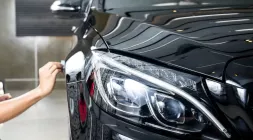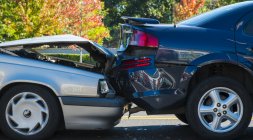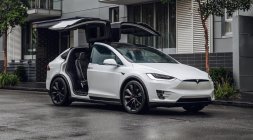Pros and Cons of Body-On-Frame and Unibody
For vehicles, the two standard terms that pertain to its design are body-on-frame and unibody; both will most likely pop up while you do your research.
Car buyers tend to do some research as they pursue their endeavor towards finding their new car; this attempt will make way for meeting countless car slang terms. Some of those are torque, PHEV, ABS, RPM, and CVT.
For vehicles, the two standard terms that pertain to its design are body-on-frame and unibody; both will most likely pop up while you do your research.
The terms that are introduced are concerned with the frame of a vehicle (also called a chassis). When we talk about the direct impact when it comes to style and performance of the car, we refer to those terms, truck segments, and SUV in particular.
Philcarnews.com will discuss what those mean and how they will affect your day-to-day driving.
Body-On-Frame Vehicles
First things first, the frame can be considered as the vehicle’s spine. It is the fixed based wherein every other thing is connected. For instance, it carries both the drivetrain and the engine. The earliest cars used a plain frame that looks like a flat ladder to which the wheels are attached eventually.
On the upper side of the flat frame, a big seating body or cabin sits. Basically, several cars use this kind of design idea today. Though contemporary frames apparently become more complicated.
As time goes by, manufacturing advancements have manifested, most of the passenger cars (even a lot of SUVs) have moved away from this car frame style. But, many SUVs keep a design, such as the body-on-frame. In addition, almost all the trucks are body-on-frame in the U.S. market.
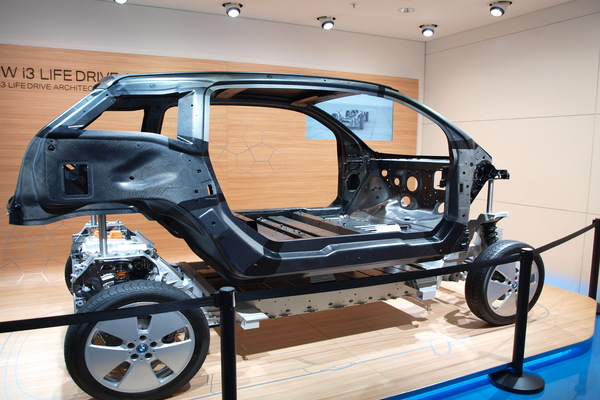
Several cars use this kind of design idea today
Perks of Body-On-Frame
The reason why the body-on-frame still flourishes, especially for trucks, is because of its chassis design advantages.
Body-on-frame cars tend to have higher base clearance and be taller; thus, they offer real off-road capabilities. There is greater flexibility across the vehicle as well.
Imagine an off-roading car in uneven terrain. Due to the mud or rocks present, each tire might be at varying heights in comparison to others. There is the space for the vehicle to flex likewise yield to the uneven terrain heights effortlessly. The towing of loads that are heavier made possible by the ladder frame, too.
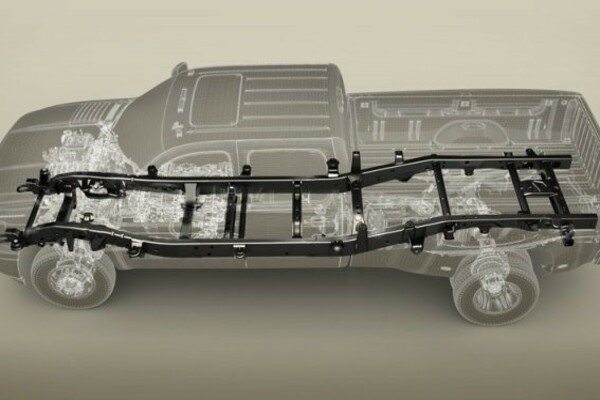
Body-on-frame cars tend to have higher base clearance and taller; thus, offering real off-road capabilities
According to the carmakers, vehicles that are designed as body-on-frame are less complicated to modify and redesign. The manufacturing and design costs are lower.
Moreover, car owners may consider body-on-frame designed vehicles less expensive and easier to repair if, after an accident, the damage is not that bad for the whole frame.
>>> Related: 5 car parts that are particularly damaged by potholes
Downsides of Body-on-Frame
Of course, there are still various disadvantages to this type of frame. More often, body-on-frame cars consume fuel more and more massively. Furthermore, crash test score-wise, this frame design receives a lower score because of the absence of distinct crumple zones.
Moreover, the fact that these vehicles lie with higher ground clearance as well as higher gravity center, it creates a problem like in a vehicle rollover. Most evident when it is about cornering at full speeds.
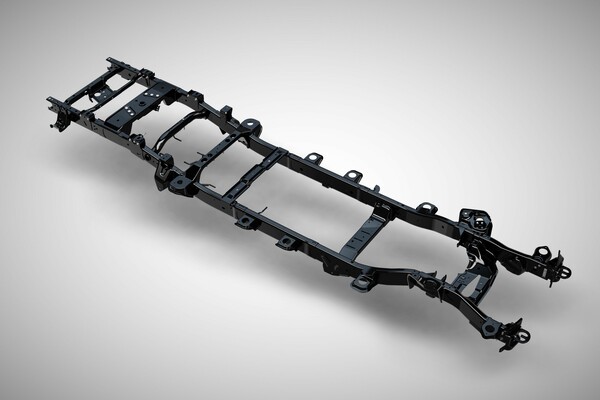
Body-on-frame cars consume fuel more and more massively
Unibody Vehicles
In the United States, most passenger automobiles, even numerous SUVs have changed sides, from the body-on-frame style because of the downsides mentioned above.
Therefore, automakers have switched to a unibody design. Instead of an autonomous horizontal frame to which a seating body is connected on top, unibody designs provide a cage-like structure that connects the frame and body into a single piece.
That's the reason why, for the past years, there is a trend when it comes to crossover SUVs. To lessen the downsides found in SUVs that have conventional body-on-frame, they have unibody designs while posing at near height levels of SUVs.
>>> Related:
- Top 5 best all-wheel driven SUVs in the Philippines
- Top 5 SUVs for the mass market with the best driving experience
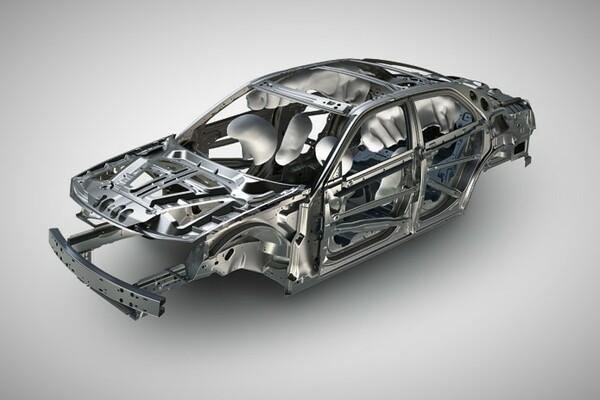
Most automakers have switched to a unibody design
Why Prefer Unibody?
Compared to body-on-frame, unibody vehicles are lighter, which places them into an advantage. This means that they have better ratings in fuel economy.
The energy crises that happened in the 1970s and 2000s, as well as the fuel economy standards imposed by the government, pushed the automakers to utilize unibody frames due to its fuel savings. Vehicle rollover becomes less than a problem because of a lower gravity center and set frame.
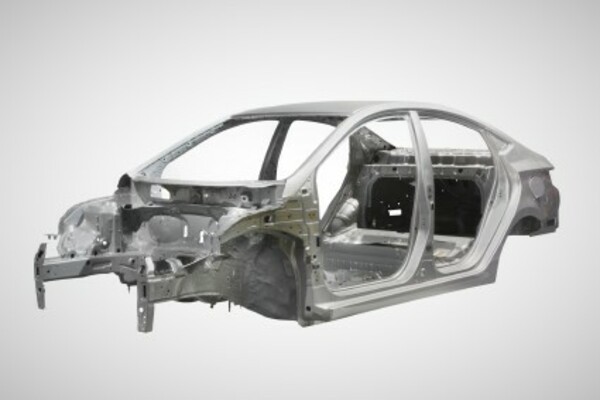
Unibody vehicles are lighter, which places them into an advantage
These particular designs also obtain a higher score on crash safety evaluation ratings. Not just because they are more rigid, since the designs are composed of only one unit, but they also add a "crush zone" into the program.
Thus, this feature permits the frame of the vehicle to ingest the impact of a crash. And it even possesses designated space inside which to collapse while coincidentally protecting the rider or passenger cabin.
Downsides of Unibody
From an automaker's perspective, making a brand new car requires for the frame of the unibody to be completely redesigned. This may insinuate a more costly design and direct manufacturing costs for the transition of an older model to a modern one.
In that case, where manufacturing is prepared and running, eventually, the work will become cheaper; however, due to lesser necessary parts.
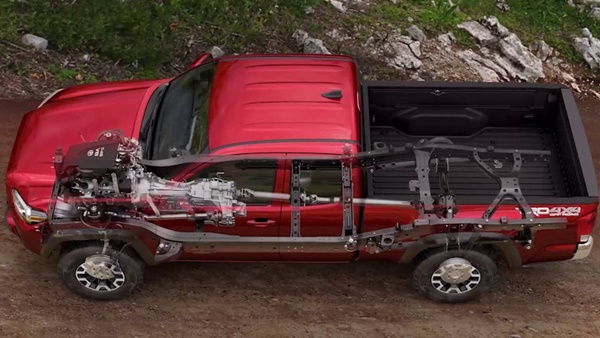
Making a brand new car requires for the frame of the unibody to be completely redesigned
For consumers, a higher repair expense is waiting for them when a collision takes place since the frame is made with a large and single unit in particular.
This is the reason why, for taxis, emergency vehicles, and limos, these industries used body-on-frame designs. For off-roading experiences and towing enormous weight, unibody vehicles are not the best options for their more rigid feature.
The Essence of Knowing
What is the effect of this when you are bound to purchase your own car? If it is the design of the vehicle you initially noticed, you will observe that for body-on-frame cars, most of them are boxy. While unibody designs are way dynamic.
The perfect model would be the Jeep Wrangler and Chevrolet Tahoe. Both body-on-frame cars have high base/ground clearance and large square structure with a broad stance.
>>> Related: 5 Things Every Driver Should Know About Driving and Cars
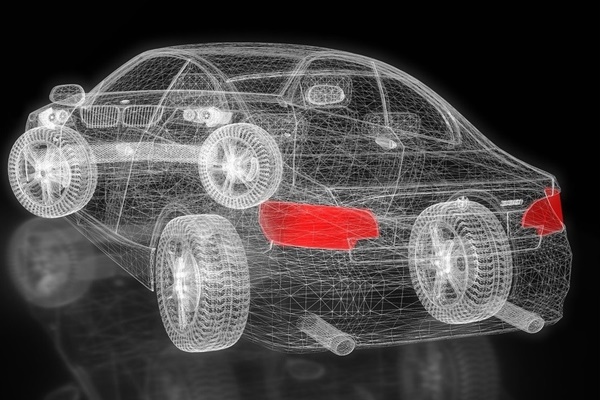
What is the effect of this when you are bound to purchase your own car?
Compare that with the Jeep Compass and Chevy’s recently released unibody Blazer. The latter has a narrower and more aggressive framework with wide sidelines and upturned rear, very different to the straight Tahoe.
In comparison to the literal box proportions of the Wrangler, the Compass holds a downward slanting roofline and gentler sloping windshield.
>>> Follow our tips and advice section for more useful information
RECENT ARTICLES



